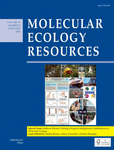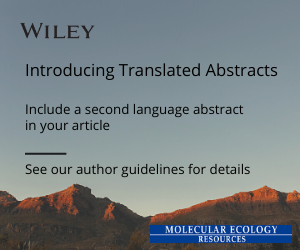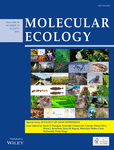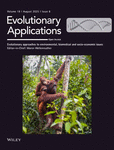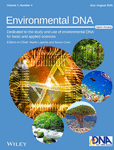Journal list menu
Export Citations
Download PDFs
ISSUE INFORMATION
Issue Information
- First Published: 03 January 2025
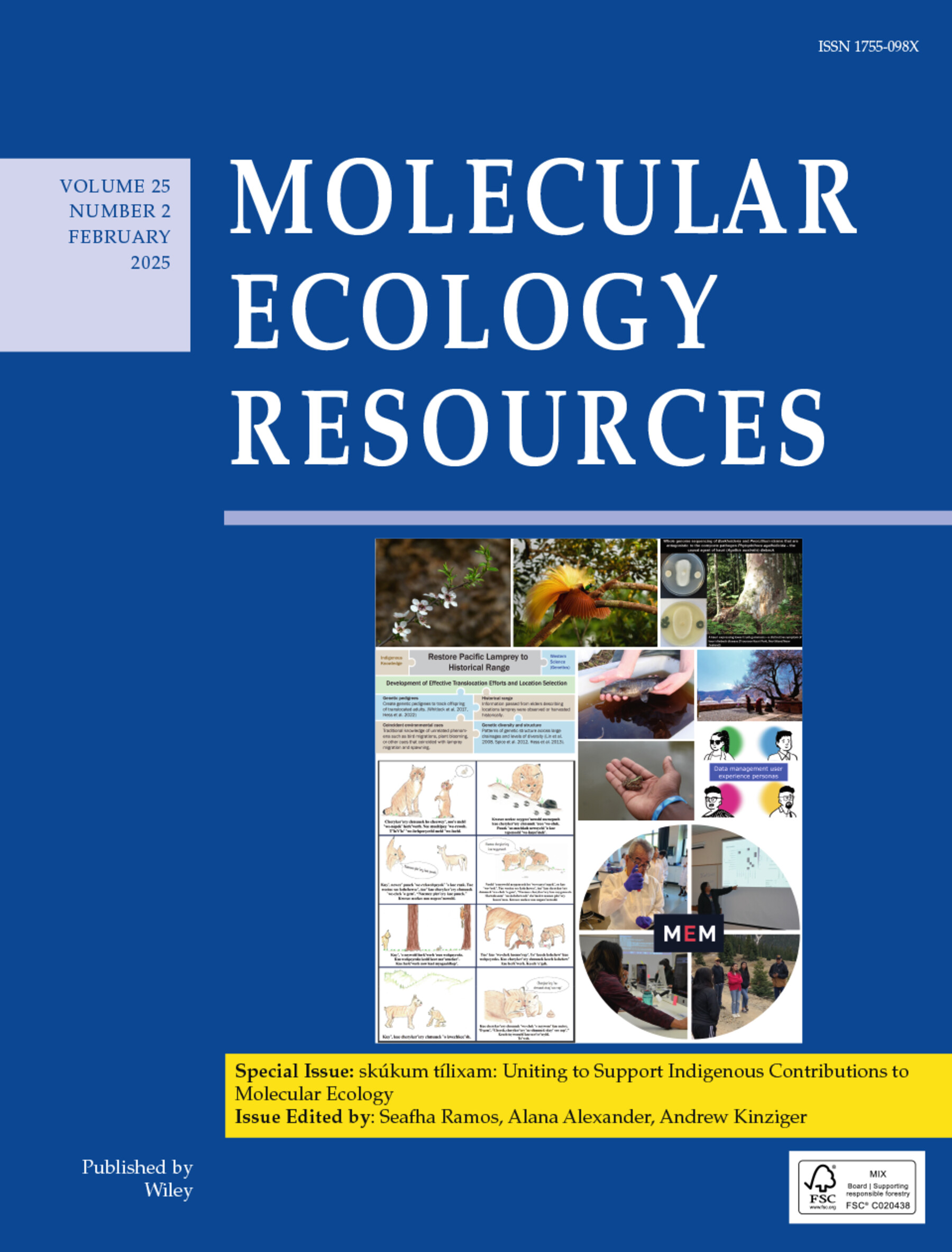
Cover Illustration: (Left to Right): (image 1): Hīkina te mānuka is a Māori whakataukī (proverb) meaning ‘rise to the challenge’. As part of the wero (challenge) during a pōwhiri (the ritual of encounter in te ao Māori – the Māori world), a token, often a small branch of mānuka (Leptospermum scoparium), is laid down for the manuhiri (visitors) to pick up. This special issue is dedicated to rising to the challenge of celebrating Indigenous contributions to molecular ecology; (image 2): A male greater bird-of-paradise displaying for reproduction in the Aru Islands. Genetic differentiation between island birds is a major subject in evolutionary biology. Through theoretical simulations of the divergence of island birds, Quilodrán et al. illustrate the conditions under which the Mantel test and related statistics are useful tools for testing the association between distance variables in ecology and evolution; (image 3): Research by Byers et al. (2023) performed whole genome sequencing on strains of Burkholderia and Penicillium that have previously been identified to inhibit the growth of Phytophtora agathidicida – the causal agent of kauri dieback disease. Their research identified several secondary metabolite biosynthetic gene clusters (SM-BGCs) encoded in the genome of each strain that may be implicated in the production of anti-microbial compounds; (image 4): Translocation efforts to restore Pacific Lamprey to their historical range (grey) has benefited from multiple knowledge sources to address objectives (green). Indigenous Knowledge (tan pieces) has provided information regarding collection of adults from traditional sites, traditional methods to monitor larvae (i.e. ammocoetes), and historical distribution of this species. Western Science (blue pieces; e.g., genetic tools) have been applied effectively to monitor successful reproduction of released adults and identification of offspring at multiple life stages. (See Figure 7 from FiveCrows et al.); (image 5): An adult taiwharu (giant kōkopu; Galaxias argenteus), a large-bodied and culturally significant species endemic to Aotearoa-New Zealand; (image 6): Tibetan monks studying in a monastery; (image 7): A companion story, “Kue Cheryker'ery Chmuuek ‘Esee ‘We-chek,” inspired by research that integrates Indigenous Research Methodologies, Traditional Ecological Knowledge and molecular scatology on Yurok Ancestral Lands. The story is adapted from Ramos 2024 (https://commons.wikimedia.org/wiki/File:Chmuu ek_% 27we-%27er% 27gerp.svg); (image 8): Common River Frog held over a stream; (image 9): Exploring biodiversity genomic data management challenges using user experience personas; (image 10): Clockwise: Participant presents plot generated from data analysis workflow. Group of participants and elder-in-residence gather at a sample site. Elder-in-residence performs DNA extraction alongside participants.
Photo Credit: (Left to Right): (image 1): Mānuka flowers in Victoria Domain, Picton, Sid Mosdell (Under the terms of the CC BY 2.0 license); (image 2): Claudio S. Quilodrán; (image 3): Alexa Kate Byers; (image 4): Jeremy FiveCrows; (image 5): Ron Munro; (image 6): Cheng Wang; (image 7): N/A; (image 8): Fortunate Mafeta Phaka; (image 9): Jamie Hart & Natalie Forsdick; (image 10): Clyde Benally.
EDITORIAL
Hīkina te mānuka: Advancing Indigenous Leadership in Molecular Ecology
- First Published: 04 December 2024
RESOURCE ARTICLE
Molecular and Statistical Advances
Elevate the work of Indigenous scientists
Benchmarking the Mantel test and derived methods for testing association between distance matrices
- First Published: 02 December 2023
Permanent Genetic Resources
Relationship between humans and taonga species
Molecular and Statistical Advances
Relationship between humans and taonga species
OPINION
Molecular and Statistical Advances
Relationship between humans and taonga species
Fish germ cell cryobanking and transplanting for conservation
- First Published: 15 September 2023
RESOURCE ARTICLE
Molecular and Statistical Advances
Relationship between humans and taonga species
Arthropods are kin: Operationalizing Indigenous data sovereignty to respectfully utilize genomic data from Indigenous lands
- First Published: 17 July 2023
Permanent Genetic Resources
Relationship between humans and taonga species
Aotearoa genomic data repository: An āhuru mōwai for taonga species sequencing data
- First Published: 15 September 2023
OPINION
Indigenous perspectives and methodologies
Use of Indigenous language
RESOURCE ARTICLE
Indigenous perspectives and methodologies
Use of Indigenous language
OPINION
Permanent Genetic Resources
Education/capacity building
More than dirt: Sedimentary ancient DNA and Indigenous Australia
- First Published: 12 July 2023
RESOURCE ARTICLE
Permanent Genetic Resources
Education/capacity building
Journeying towards best practice data management in biodiversity genomics
- First Published: 24 October 2023
Molecular and Statistical Advances
Education/capacity building
Monitoring environmental microbiomes: Alignment of microbiology and computational biology competencies within a culturally integrated curriculum and research framework
- First Published: 13 September 2023




